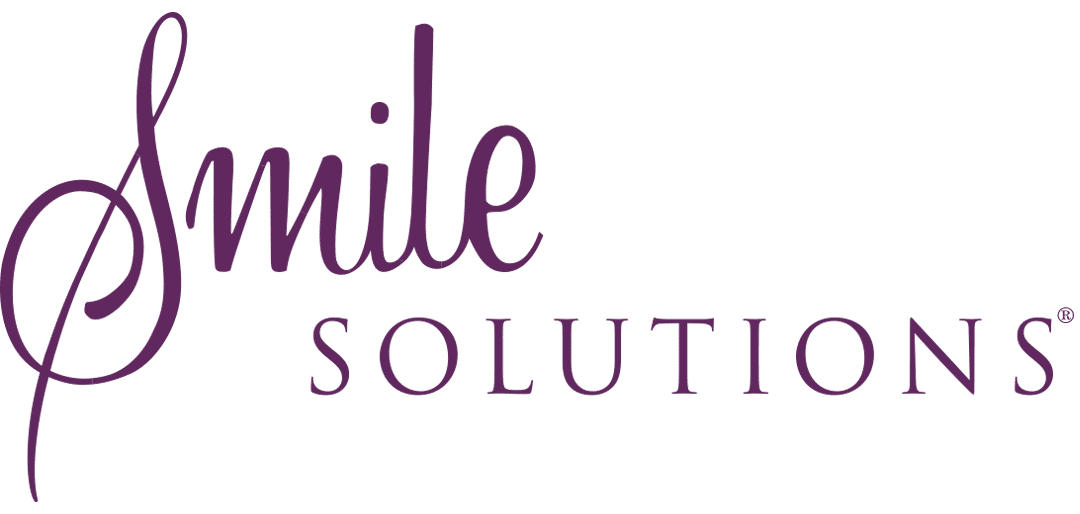Transcription
Imagine waking up every day looking in the mirror and seeing that you don’t have a nose. It’s a terrible thought, but it’s a reality for a growing number of Australians suffering from skin cancer or misadventure.
Advanced surgical techniques mean lives are saved but they’re missing a vital part of their body. Facial prosthetics can help give these people back their lives in public.
Royal Melbourne Hospital is now a centre of excellence for this kind of groundbreaking work. The specialists there are involved in creating everything from eyes, ears and noses, to fingers and toes.
Lateline‘s Ginny Stein discovered the chance to blend back into the world can be a lengthy and emotional experience.
Steve Sparks has lived a most remarkable life. A former funeral director he stared down his own death six times so far. He’s a walking talking real-life version of TV’s Six Million Dollar Man.
Steve Sparks: “First was an artificial eye, and then I had a liver transplant, then an artificial nose, artificial dentures, and a surgical procedure on my ear.”
Of all the battles it is his most recent fight for his life against skin cancer that has been the most challenging, and the reason for that is that it resulted in his nose been surgically removed.
“Before I had a lot of bandages, so I looked a bit like Hannibal Lector, so that was really bad. You just didn’t want to go out, you scared little kids. It was horrifying. So getting this is so much better because unless I mention it people don’t even realise. These glasses are just glass and are just there to hold the nose in place.”
It’s now a year since Steve’s nose was removed and today he’s one step closer to getting a high-tech prosthetic replacement.
Greg Peart began his working life as a dental technician. He’s been rebuilding faces at the Royal Melbourne Hospital for decades.
Greg Peart: “We’ll capture a face cast model of Steve and that’s our foundation for making the nose. All of the other anatomy is in place and the nose wax prosthesis been fitted to this model gives us the best replication of what the prosthesis will look like.”
This is a job that’s one part medical and other part technical, with the final measure of pure artistry.
Greg Peart: “The range of materials to imitate skin tones there’s a dozen different types of veins we can add to the silicon, there’s an incredible array of colours that come in artist oil tones just the mixing of those in the formula required to match the individual is the aim of the game.”
Facial prosthetics aren’t new inventions. For centuries people have tried to mask missing parts of their face.
Dr Patrishia Bordbar: “If we go back to the development of facial prosthesis you can actually track this back to ancient Egypt and China; human beings have always tried to replace missing body parts and facial parts. They’ve actually described facial prosthesis made of wood, clay, even gold and silver.”
But it’s the advances in the way prosthetics are attached that have perhaps been the most remarkable and life changing.
Dr Patrishia Bordbar: “Initially they were taped and adhesives were used, and of course this was frustrating for people because they had to apply the adhesives daily and maintenance could be quite difficult. It could also involve social embarrassment if they became dislodged.”
Now there are magnets.
Greg Peart: “These are titanium implants that are implanted into the bone, the bone grows onto the titanium, and onto those titanium abutments the magnet keepers are held in place permanently.”
Making facial prosthetics is a specialist craft, probably unknown to most people. At Royal Melbourne Hospital two thirds of this centre’s clients are skin cancer patients.
With skin cancer on the rise so too are the number of people coming here hoping to get help to blend back into the crowd.
Dr Patrishia Bordbar: “It’s certainly becoming more of a clinical situation we’re seeing, partly because the incidences of skin cancer in Australia has been rising, particularly over the last few decades.”
Advances in medical science mean surgeons are now able to operate on patients who previously they could not.
Dr Patrishia Bordbar: “For the tumors that were deemed inoperable patients received palliative care so further treatment couldn’t be offered. Now days as we’re more able to safely operate on some of these tumors obviously we’re left with the reconstructive conundrum.”
Today Steve Sparks is one step closer to receiving his new nose. For Steve, this has been a long journey from the day he was told his nose would be removed.
Steve Sparks: “They explained it to me and I was absolutely devastated. All I had was visions of having this huge hole in my face. So the first reaction was, I’m going to have to just lock myself away in a room for the rest of my life.”
Facing the mirror was one of his biggest hurdles.
Steve Sparks: “It took me a while I must admit. I had a lot of bandages on as you can imagine, there were bandages across so I was barely recognisable. It was something that I had to build up the courage for.”
Now he’s one step closer to being able to go home to Darwin. After more than a dozen medical procedures since his skin cancer was diagnosed he’ll soon be getting his snap-on/snap-off nose.
Steve Sparks: “That’s exciting because I’m going to be able to do things that I haven’t done for more than 12 months now. I’m going to be able to put my head under the shower and just have the water on my face, that’s going to be a wonderful feeling.”
It’s been a long wait but Steve Sparks is indeed one of the lucky ones.
Greg Peart: “People find they have to lobby for support in getting to Melbourne to have the prosthesis made. It’s difficult if there’s First World cancer treatment there should be a First World facial prosthetics rehabilitation to back that up. If they have to take parts of the face off prosthetic rehabilitation is the way to go.”
And very soon Steve Sparks will be one more happy customer. He’ll finally be able to go home with his head held high.

